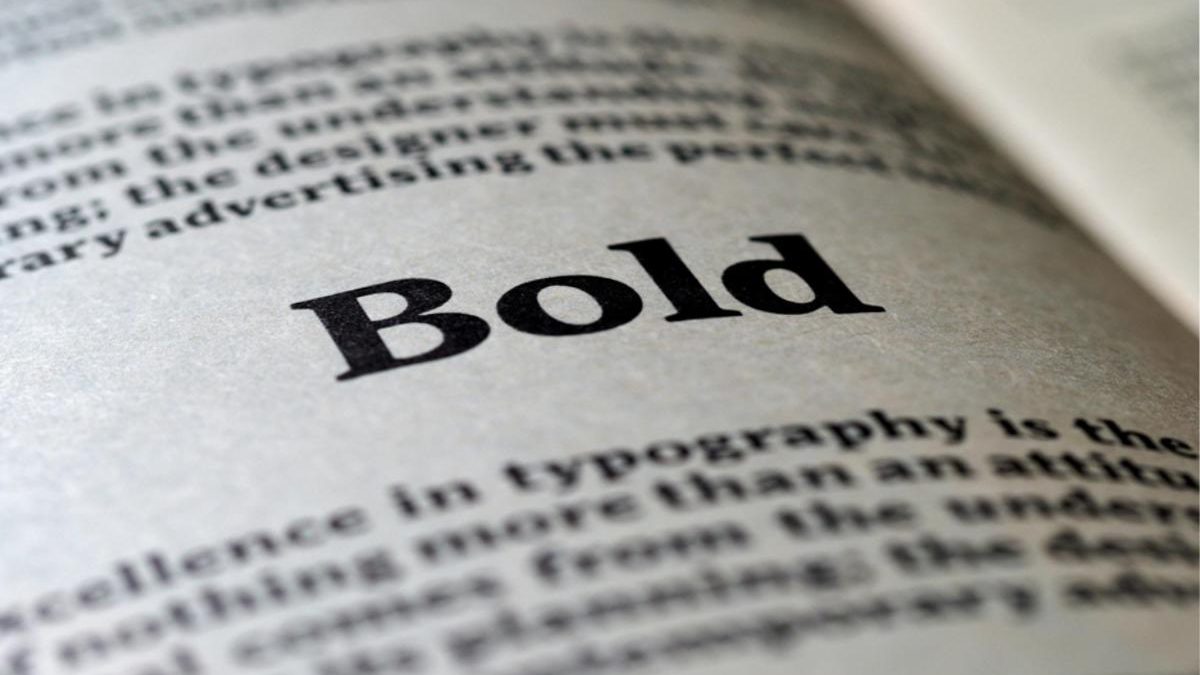Typography, the art of arranging type, is a fundamental aspect of graphic design that transcends beyond the realm of just simple textual content. In this article, we will explore the impact of typography on design, dissect the elements of type, and discuss strategies for selecting the perfect font combinations for your next project.
Table of Contents
The Importance of Typography in Graphic Design
While it’s crucial to choose compelling images and maintain a well-structured layout, typography plays a central role in conveying the message and tone of your design. Good typography can establish hierarchy, organize information effectively, improve readability and legibility, enhance the user experience, and reinforce brand identity.
Types of Fonts
Understanding the characteristics and applications of different font categories is key to navigating the typography landscape. Serifs are fonts with small lines attached to the end of a stroke. They are often seen as more traditional, perfect for print materials and formal applications. Sans Serifs are fonts without serifs that feature clean and simple lines. They are ideal for digital designs and are considered to be more modern and minimalist. Slab Serifs are fonts with thicker, block-like serifs, which can convey strength and boldness. Scripts are fonts inspired by handwriting or calligraphy, often used sparingly for invitations or headings, such as for winter wedding invitations. Displays are decorative fonts designed for use in large sizes, best limited to headers, logos, or titles.
Elements of Typography
To level up your typographic game, familiarize yourself with the following elements:
- Typeface and Fonts: A typeface is a collection of characters with the same design, while a font is a specific style and weight of a typeface.
- Contrast: Using varying type sizes, styles, and weights can create visual interest and help call attention to important elements.
- Leading, Kerning, and Tracking: Leading is the vertical space between lines of text, kerning refers to the space between individual letter pairs, and tracking is the overall spacing between characters in a block of text.
- Alignment: The arrangement of text relative to the margins – left, right, center, or justified.
Finding the Perfect Font Combinations
When combining fonts, consider the following techniques:
- Contrast and Harmony: Look for fonts with contrasting yet complementary features. Pairing a bold sans serif with a delicate script can create an appealing, dynamic design.
- Stick to Two or Three Fonts: Too many fonts can result in a chaotic design. Limit your selections to create a cohesive look.
- Stay within the Same Typeface Family: Using different weights from the same typeface can maintain consistency while still providing the desired contrast.
Color and Typography
An often overlooked but important aspect of typography is color. Color can evoke emotions, reinforce branding, and draw attention to specific elements within your design. To make sure your text is both legible and visually appealing, choose colors that have a high contrast ratio. Additionally, be mindful of color psychology and select shades that align with your brand’s message and tone.
Responsive Typography
In today’s digital landscape, it’s essential to ensure your typography remains visually appealing and legible across various devices and screen sizes. Responsive typography aims to provide optimal readability regardless of the screen size of the user’s device. This can be achieved by using scalable units like viewport width or employing font size adjustments based on breakpoints in your design.
Typography Accessibility
Making sure your typography is accessible to a wide range of audiences, including those with visual disabilities or impairments, is vital to creating truly inclusive designs. Consider font size, line length, ample whitespace, and appropriate font choices to improve readability for all users. Additionally, review your design in a variety of color modes, such as grayscale or inverted colors, to guarantee legibility for colorblind individuals.
Tying It Back to Your Brand
In designing materials for a brand, the chosen fonts should be consistent with the overall look and messaging of the brand. For example, a playful display font might work for a children’s brand but could undermine the professionalism of a law firm.
To truly master the art of typography in graphic design, it is essential to understand its importance, learn about its elements, and develop strategies for choosing and pairing fonts that effectively communicate your message. As you progress in your design journey, always remember that good typography is vital to creating visually stunning and meaningful designs.


